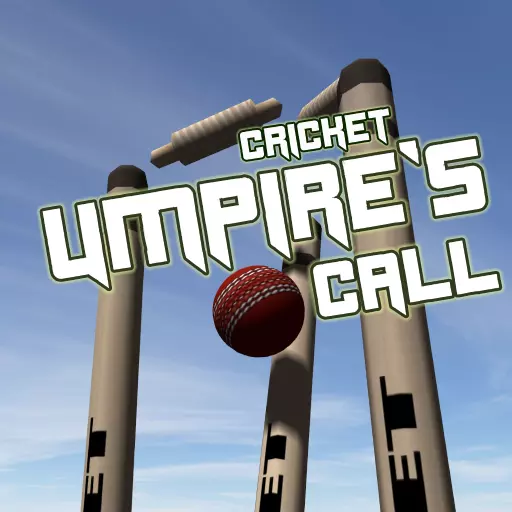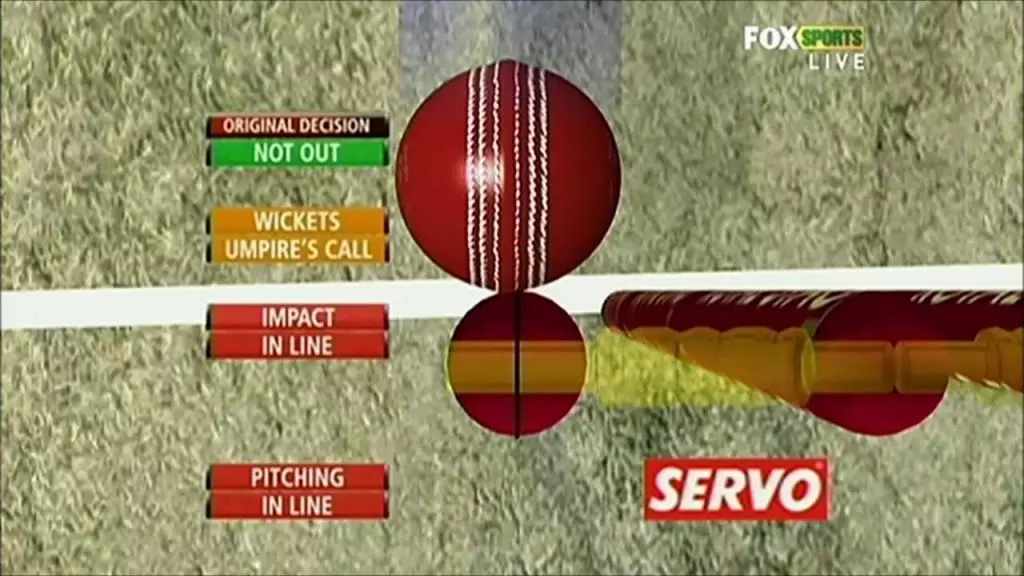On Thursday, the International Cricket Council’s (ICC) cricket committee, headed by former India captain Anil Kumble, voted to keep “Umpire’s Order” in DRS and make slight improvements to DRS and third umpire protocols.
The controversial ‘Umpire’s Call’ will remain in the Decision Review System, according to the International Cricket Council’s Board, which has made a few amendments to the new DRS protocols. The Umpire’s Decision, which India captain Virat Kohli described as “confusing,” has been a source of contention for some time. According to the current law, 50% of the ball must strike at least one of the three stumps for the batsman to be adjudged LBW on appeal if an umpire’s not out call is contested.
“The Cricket Committee had an outstanding conversation about the Umpire’s Call and thoroughly analysed its use,” ICC Cricket Committee head and former Indian captain Anil Kumble said in a statement released after the governing body’s board meetings on Wednesday.
“The idea behind DRS was to correct obvious mistakes in the game while preserving the position of the umpire as the decision maker on the field of play…Call Umpire’s helps it to happen, which is why it is important that it be maintained,” he said.
Kohli argued that if the ball reaches the stumps very slightly, the batsman should be ruled out.
The DRS and third Umpire protocols were revised by the ICC with three small changes. “The Wicket Zone height margin will be raised to the top of the stumps for LBW tests to guarantee the same Umpire’s Call margin across the stumps for both height and width,” according to the ICC.
This means that the investigation, which had previously only gone up to the base of the bails, would now go all the way to the top of the bails, thereby increasing the height of the wicket zone when analysing the ball’s trajectory.

